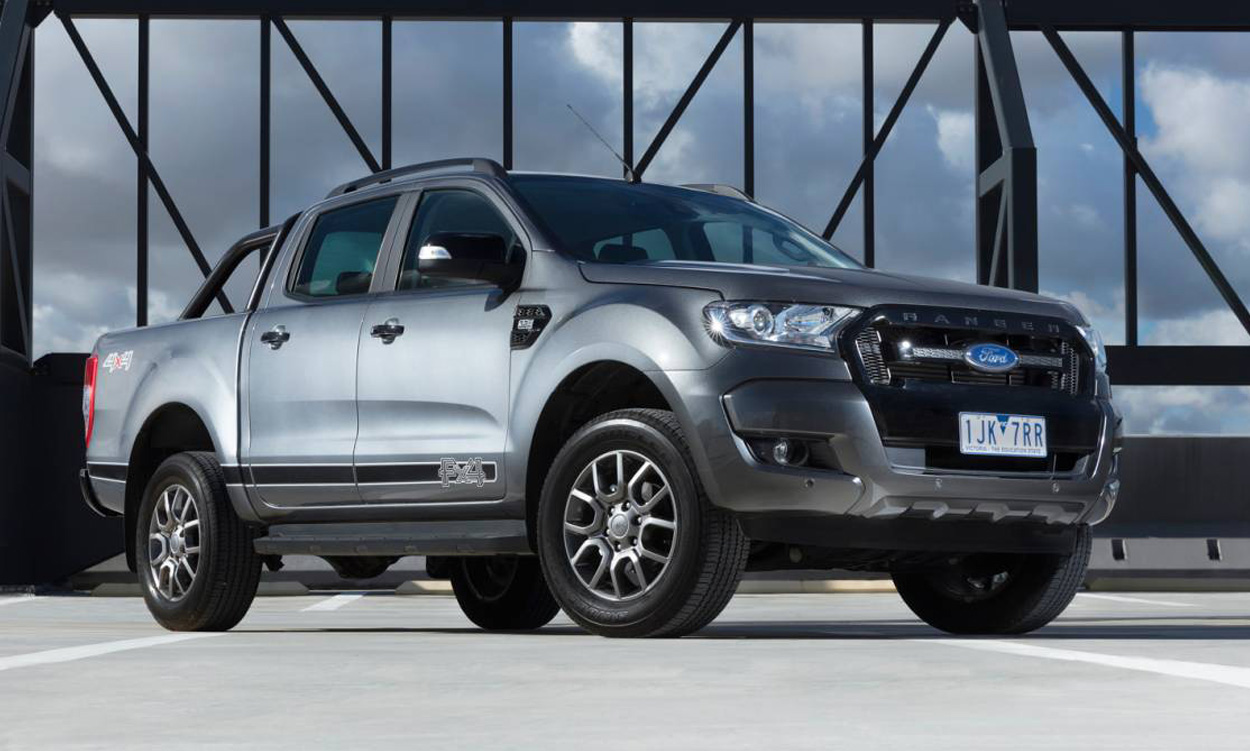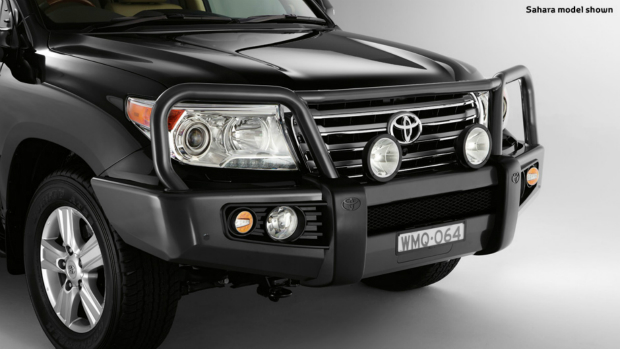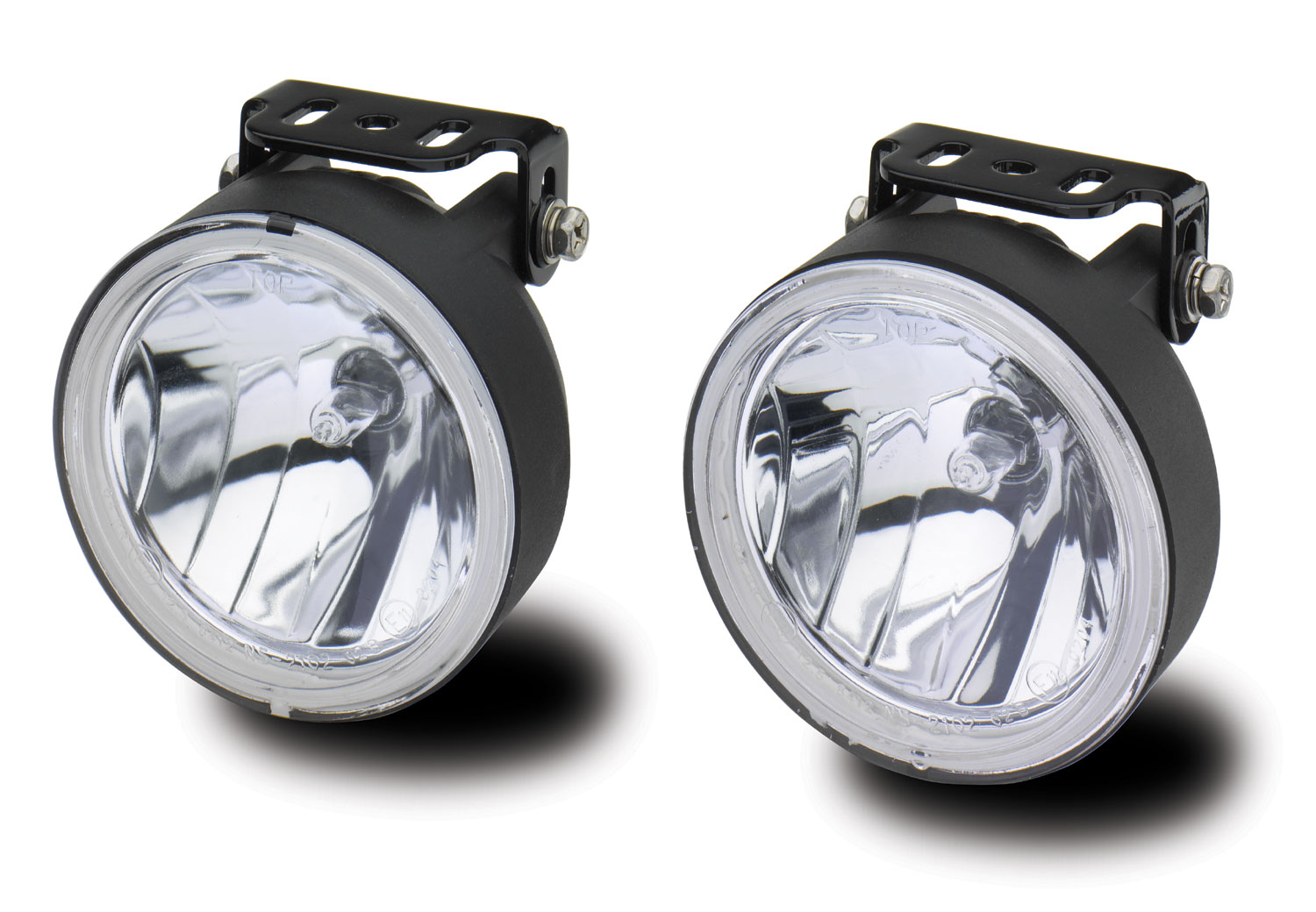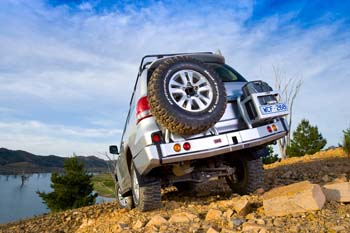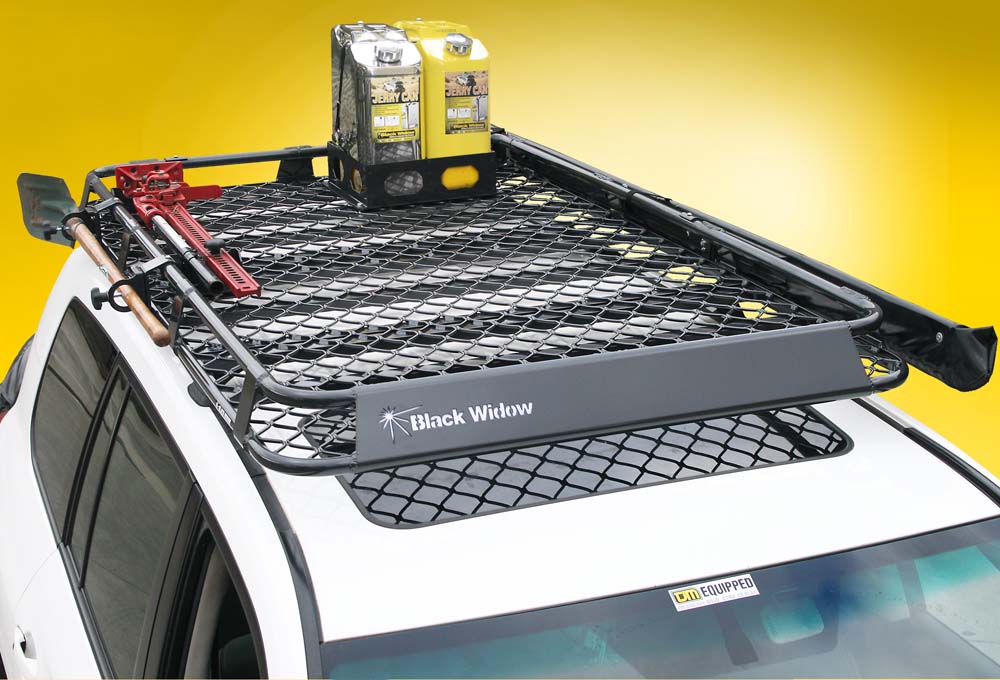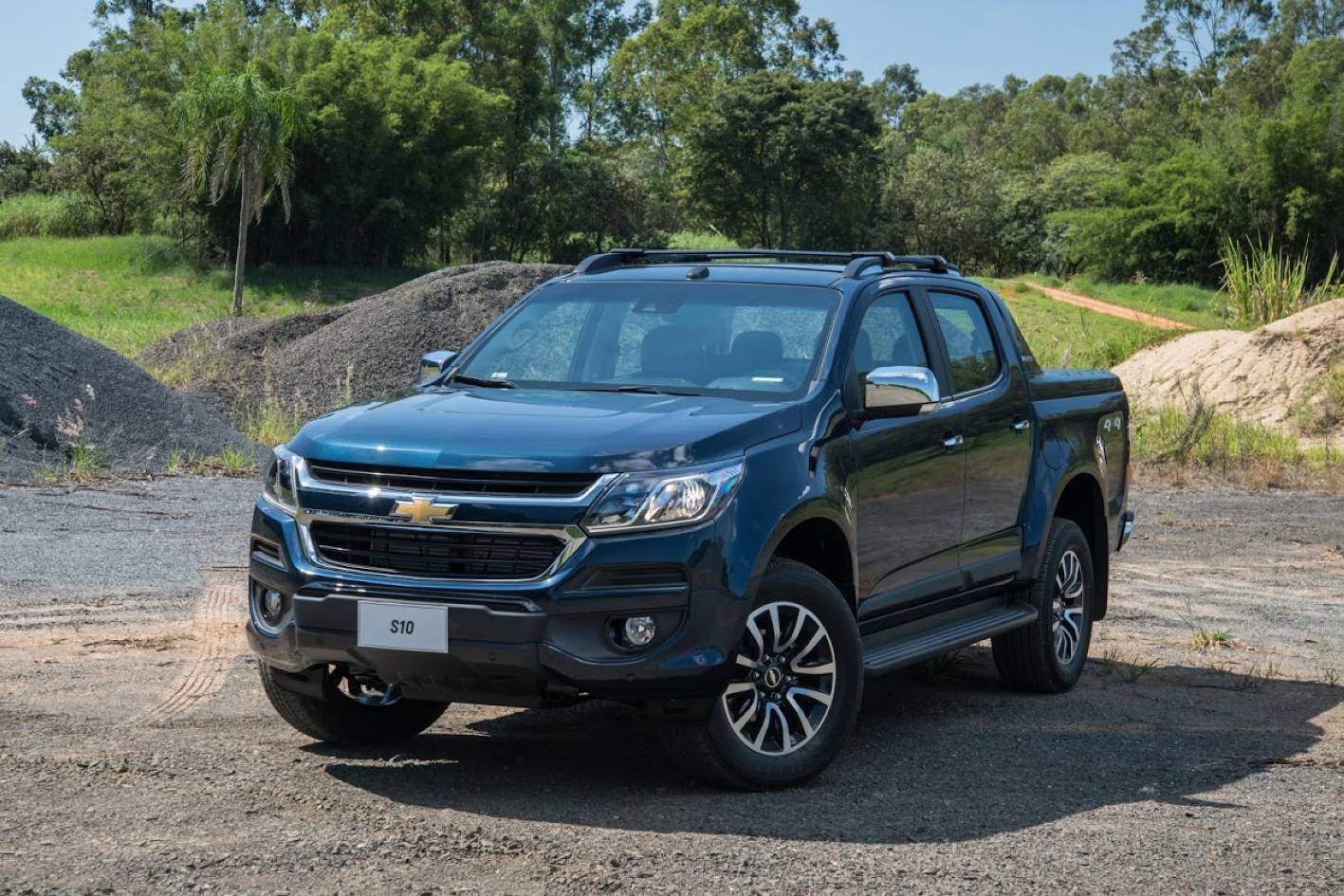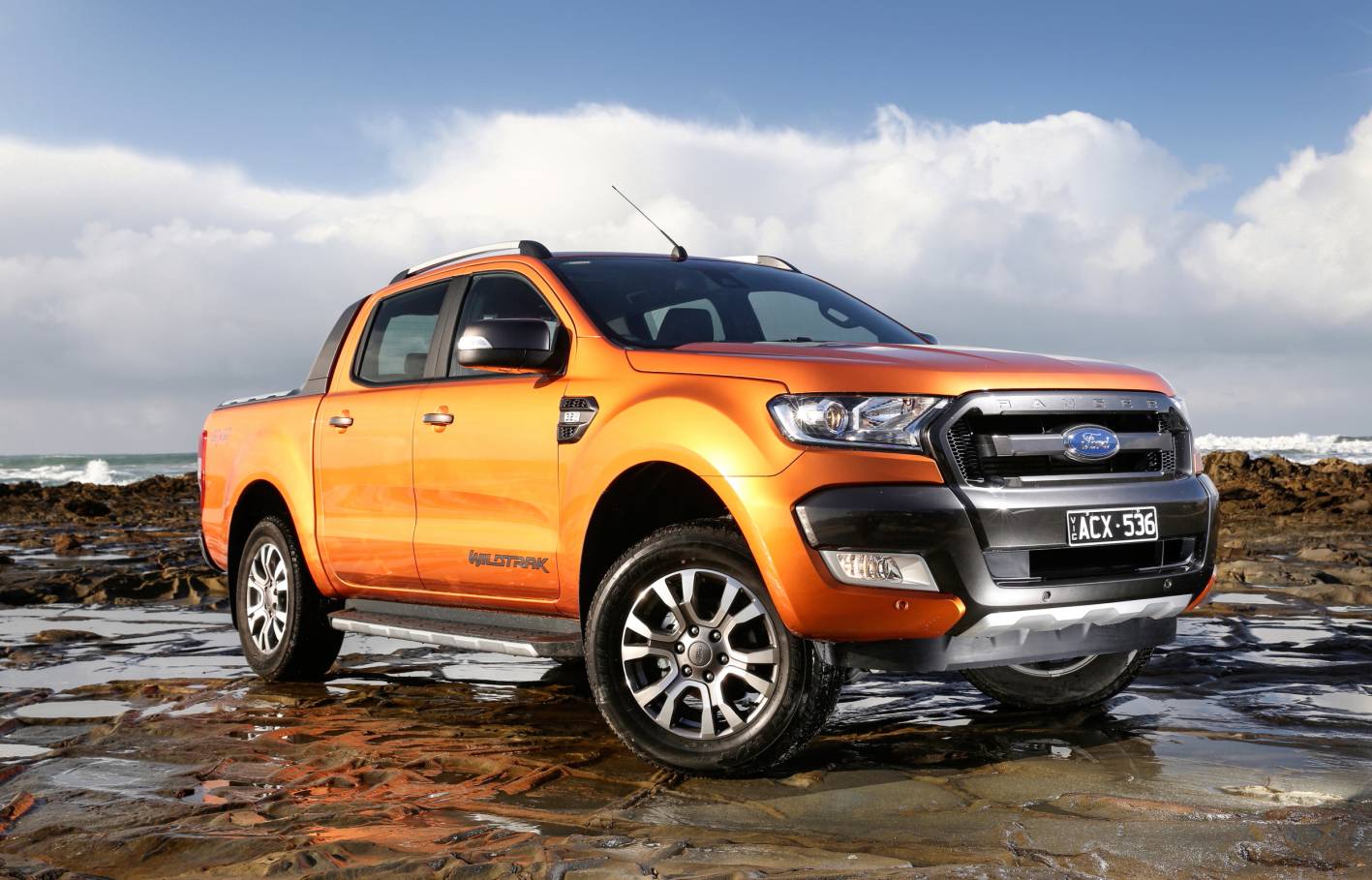Towing a Trailer in Australia
Do you know your gross vehicle mass from your gross combination mass? How about your tare and kerb weights, or your vehicle's payload capacity? Here are the basics.
If you’re buying a vehicle specifically to tow something heavy - a caravan, a boat, a horse float, camper trailer, or whatever - here’s how to get this towing business right.
WRONG QUESTIONS
Many people who are buying a vehicle to tow ask me entirely wrong questions:
People often say (words to the effect of) 'I intend to tow the HighwaySloth 2000 24-foot caravan. I will be towing the BushRooter 350 camper trailer. I intend to set sail in the Samuel Coleridge Ocean Master trailer-sailer yacht (you might have to look that one up). What vehicle should I buy?'
If that’s you asking this ‘50 shades of grey area’ towing question, then you are thinking about this in entirely the wrong way.
WEIGHT IS ALL THAT MATTERS
The vehicle you buy does not care what in fact you are towing. It only cares about what it weighs. So, this is what you must determine. You need to know only two things:
- The maximum, fully loaded weight of the trailer. (The horse float carrying the gee-gees, or the caravan loaded up with all your stuff in the manner of you getting away from it all by taking it all with you, etc.)
- How much weight the trailer imposes on the towball in this most heavily laden condition.
Thing one (fully loaded trailer) is often called the GTM (for gross trailer mass) or the GVM of the trailer (for gross vehicle mass … of the trailer). And thing two is often called the static towball download.
Don't pay extortionate car dealership prices for towbars and towing accessories >>
Get great prices (and free shipping on most orders) at Sparesbox >>
USE A WEIGHBRIDGE
I would humbly suggest that the best way to know these things is by direct measurement. Unless of course that meteorite that hit you on the head as a child gave you strange mental powers, every other way of (let’s call it) ‘knowing’ these loads is indefensible bullshit.
So, load up all of your whatever, into your whatever (trailer). This means put the horse (or horses) into the float, plus the saddles and whatever sundry B&D-style accoutrement goes with them. (Riding crop, spurs, I don’t know…) Load your stuff into your caravan, etc. Fully loaded - that’s the idea here.
And then invoke Dr Google. Search for a public weighbridge in your area. A big, fat set of vehicle-weighing scales hidden in plain sight. Attend said weighbridge, and weigh your trailer in two ways:
- Drive onto the big public scales, de-couple the trailer, drive off, leaving the trailer behind and weigh it.
- Drive back on, re-couple the trailer and drive just the vehicle off, leaving the trailer on the scales and coupled to the vehicle. (This measures the weight of the trailer, minus whatever load it’s imposing on the towball.)
Subtract the second measurement from the first, and then (as if by reading the entrails of a goat after licking a cane toad) you will learn the static towball download.
CRITICAL LOAD LIMITS
This all does seem like a lot of work, I know, but it is absolutely essential, because vehicle manufacturers impose these two critical load limits on whatever you tow:
- You can’t tow anything heavier than the maximum towing capacity.
- You can’t tow anything that imposes a load on the towball heavier than the vehicle’s static towball download limit.
It’s that simple. All you then need do is choose a vehicle with those two load capacities on the heftier side of the weighbridge measurements you have obtained. And you are sorted.
CHOOSING THE TRAILER
Perhaps you are doing this the other way around. You have a vehicle and you are choosing an implement to tow. My strong advice there: Refer to the trailer manufacturer’s specs for the gross trailer mass and the towball download, and ensure these comply with your vehicle’s limits.
Then, load up your implement with all your worldly goods, or whatever. (ie - everything you intend to carry.) Then attend the weighbridge and carry out the measurements described earlier. Just to make sure you are not overloaded.
Do not exceed the trailer manufacturer’s capacities there - because overloading the trailer’s axles is a very bad idea even if this does not overload the vehicle doing the hauling. And make sure that the vehicle’s tow capacities are not exceeded once you have all of your stuff aboard the trailer.
OVERLOADING
Seriously: Very bad idea to overload the trailer or the vehicle. There are serious insurance and other legal implications if you do. And if you are subjected to a roadside check and weighed, several hundred kilometres from home, and if you are determined to be overloaded, well, you won’t be proceeding without ditching some of your stuff.
And I’m not a lawyer but if you knowingly tow something grossly overloaded, and you crash, and someone dies as a result, then there is a criminal offence on the books called dangerous driving occasioning death, which carries a custodial sentence here in our wide, brown cultural void, and that doesn’t sound like a lot of fun to me.
HEAVY HAULING & LOAD LIMITS
One final warning: for the heaviest of heavy haulers. The 3.5-tonne hauling trailer team. You know who you are.
Many of these tow vehicles rated to tow 3.5 tonnes are in practise limited by another specification called the gross combination mass. That’s the all-up weight of the vehicle plus the trailer - both loaded, driving down the road.
Here’s an interesting case study - Ford Ranger FX4 dual-cab 4X4 ute. 3.5 tonne towing capacity - allegedly. The kerb weight of the Ranger is 2200 kilograms (that’s the Ranger without you or your stuff) and the tow capacity is 3500 kilos. Add them together and you get 5700 kilos - that’s your fully loaded trailer coupled to your empty Ranger.
Ford Ranger
FX4
Max. Tow: 3500 kg
GCM: 6000 kg
Kerb wt: 2247 kg
Nominal payload: 952 kg
Payload towing when you are towing 3500kg: 253 kg
* Static towball download limit: not stated by Ford
Nissan Navara
ST-X
Max. Tow: 3500 kg
GCM: 5910 kg
Kerb wt: 1969 kg
Nominal payload: 941 kg
Payload towing when you are towing 3500kg: 441 kg
* Static towball download limit: 300kg
Mitsubishi Triton Exceed
Max. Tow: 3100 kg
GCM: 5885 kg
Kerb wt: 1955 kg
Nominal payload: 945 kg
Payload towing when you are towing 3100kg: 830 kg
* Static towball download limit: 310kg
Mazda BT-50
GT
Max. Tow: 3500 kg
GCM: 6000 kg
Kerb wt: 2118 kg
Nominal payload: 1082 kg
Payload towing when you are towing 3500kg: 382 kg
* Static towball download limit: 350kg
Ford specifies a Gross Combination Mass of 6000 kilos maximum for the Ranger. And that means, there’s only 300 kilos you can add before exceeding the gross combination mass. And remember that this 300 kilos includes you and that special someone, plus personal items in the vehicle - recovery gear, whatever - and it includes whatever accessories you might fit - like a bullbar, winch, toolbox, dirt-bike in the tray. Whatever.
It’s very easy to overload the vehicle, huh? I’d be leaving the dog at home.
COMMON SENSE
Personally I’d also suggest that although it’s technically possible to conform to the manufacturer’s specs and tow 3.5 tonnes with a Ranger (or many similar utes) weighing in at just 2.2 tonnes, this doesn’t mean it’s a good idea.
Personally I tend to think 2.5 tonnes is a good limit for these kinds of vehicles. There’s a decent factor of safety there. 2.5 tonnes is still a fair bit of boat, decent caravan, one cheek (on the KK front). 3.5 tonnes is likely to be a living hell.
It also kind of shocks me that you can get your licence here in 'Straya, and spend the next five years driving the world’s gayest Nissan Micra or something, then win the Lottos and drive off in a ute with a 3.5-tonne trailer behind - without any additional driver training. Look me in the eye and tell me that’s safe - or a good idea. Just saying.
Heavy towing is a specialised driving experience is all I’m saying. Extra training is an excellent idea.
Anyway - that’s what you need to know if you’re buying a vehicle for some specialist heavy towing assignment. Make friends with your local weighbridge. Measure twice, cut once - on the vehicle selection front. Otherwise - mistakes are very costly.
Don't pay extortionate car dealership prices for towbars and towing accessories >>
Get great prices (and free shipping on most orders) at Sparesbox >>
TOWING Q&A
This is typical question from Larry might help you dot the 'i's and cross the 't's before hitting the road with a caravan, boat or horse float behind
Question
“I want to buy a 4WD as a daily driver but also to tow a van that could weigh as much as 2115kg. We need a 4WD that will tow the load, that’s also reliable, fuel efficient, good warranty - and doesn’t have to be top-of-the-line. No hardcore off-roading, but we’ll be towing for one or two months at a time.
“Been looking at various specifications: Does a towing capacity of 2500kg include the load in the vehicle, or is it just the implement being towed? And what do you recommend we buy?” - Larry
DEFINITIONS
A lot of this is a numbers game - so let’s find out which numbers you need to know, and what they all mean.
Empty, or 'Unladen' Weight
If we start at the beginning, the first thing you need to know is how much the vehicle weighs, empty. There are two terms for this: kerb weight and tare weight, and they mean - almost - the same thing. And the exact definition depends on which manufacturer you ask.
Tare & Kerb Weight
‘Tare’ means really empty - but with water in the radiator, a token amount of fuel, and all the lubricants on board. 'Kerb’ means all the fuel on board and - sometimes - 75kg added for the driver. But manufacturers often write their own tickets on the exact definition of kerb weight (in particular) and adopt all kinds of weird policies and practices. Both terms (kerb and tare) mean - essentially - the vehicle is empty. Technically, tare weight is a bit less than kerb weight, but there’s no universal standard.
Loading Up
Gross Vehicle Mass (GVM) is the total allowed weight of the vehicle - all the passengers, all the fluids, all the equipment: everything. But not the weight of any trailer. It’s specified by the manufacturer. The maximum, all-up weight allowed. GVM for short.
Both the vehicle and the trailer have a GVM - for the vehicle it means the fully loaded vehicle, and for the trailer it means - likewise - fully loaded. For the trailer, this is sometimes called the GTM - for 'gross trailer mass'.
So, for the vehicle, you get your GVM and you subtract your unladen weight (the kerb weight or the tare weight) and that gives you your payload capacity - which is the total weight of people and equipment you can carry without overloading the vehicle.
And sometimes this is not quite as much as you think.
Payload Capacity
A Toyota LandCruiser Sahara is a big vehicle. It weighs 2.7 tonnes empty. But the GVM is just 3.35 tonnes. So that means the total payload is just 645kg - not a whole lot, considering there are potentially seven people on board, and a suitcase for each jammed in the back.
It all adds up. 645kg divided by seven seats is 90-something kilos apiece - on average, for the people and their luggage in the pimp’s Cadillac of LandCruisers. It’s pretty easy to overload the vehicle - with a tribe in the back and all the gear for a weekend getaway inside and up on the roofrack.
And don't forget the weight of the accessories you might add: the bullbar, driving lights, winch, roofrack, extra spare wheel, jerry can(s) - all those accessories subtract from what you can carry. It’s a zero-sum game. Which is why so many people tow a trailer.
Above: Accessories are payload. 200kg of aftermarket goodies equals 200kg less payload you can carry onboard
Towing
There are two tow capacities: a basic one for light trailers without brakes. Usually that’s limited to 750kg worth of trailer - all up, meaning the trailer plus the load it’s carrying. In other words, the GVM of the trailer. Trailers have tare weights (empty) and gross weights (loaded) - just like the vehicle itself. Tow capacity is the gross weight (or GVM) of the trailer.
The heavier of the two tow capacities is the gross weight of trailers with brakes: car trailers, caravans, horse floats, boats … things like that. Once again, that’s for the trailer plus whatever you put in the trailer - total, all-up weight of whatever you’re towing. The GVM. SUV-type vehicles are often rated in the two-tonne ballpark here. Hardcore off-roaders - at least some of them - like the Grand Cherokee, LandCruiser 200, and utes like the Colorado, BT-50 and Ranger - can stretch as high as three-and-a-half tonnes maximum tow capacity.
Above: All these vehicles offer a 3.5-tonne towing capacity (with brakes)
Towball Download
This is another thing that can bring you undone. Vehicle manufacturers specify the towball download limit for their vehicles. This is the vertical download imposed upon the towball by the loaded trailer.
So: The download limit is specified by the manufacturer of the vehicle. You need to know that, and the actual load that is imposed by the trailer in its most heavily loaded state - and you can only know that my measurement. Many specialist tow places have a specialised scale for measuring this, or you can do it at a weighbridge (see below).
What can bring you undone is Australia's mentally retarded attitude to trailer design. Most of the rest of the world uses a design spec that imposes five per cent of the trailer's GVM on the towball. For example, 100kg of download for a trailer with a GVM of 2000kg. In Australia we generally get trailers with 10% download (ie 200kg on a 2000kg trailer).
This is a real problem for vehicle manufacturers and owners because - for example - vehicles like the Hyundai Santa Fe and Kia Sorento come with a 2000kg maximum tow capacity and a towball download limit of 100kg. That's fine in most markets around the world, but often it's a problem here - because the 2000kg trailer you buy is likely to impose exactly double the allowed towball download.
Hyundai accommodates this wrinkle (partially) by offering a Genuine Load Assist Kit, which is basically a set of pumped-up rear springs with variable rate, the better to cope with the additional download. The kit increases the allowable towball download to 150kg.
This uniquely Australian preference for 10% download is easy to overlook - and if you do, you could easily overload the vehicle, void your warranty, and significantly increase the risk you face while towing.
The point is: don’t overload the vehicle in any way. There’s a fundamental safety angle here. Overloaded vehicles are unsafe. There’s a regulatory compliance angle as well. You don’t want to get fined for driving overloaded. And, if you crash, and the vehicle is overloaded at the time, your insurance company might not cover you.
PRO TIPS
1. WEIGHBRIDGES
Use a weighbridge. There are plenty out there. Hidden in plain sight. They’re just big, accurate bathroom scales you can drive on, basically. Good idea - because how else are you going to know how much your loaded 4WD weighs, and how are you going to know how much the caravan, horse float … whatever … weighs once you’ve loaded them up with all your stuff? Just Google ‘public weighbridge’ in your area.
2. WHEELS & TYRES
If you’re going to spend a lot of money putting a van and 4WD combination together, and especially if you’re going to visit remote areas, get the van built with the same wheels and tyres as the vehicle. That way, you’ll have greater interchangeability of spare tyres - and that boosts your mobility if you’re a long way from the nearest repairer.
3. SETUP
Get the trailer set up properly with the vehicle. That’s a specialist job - the download on the towball is especially important if you want the combination to be dynamically stable. And, trust me, you really do want that.
4. GO SLOW
Heavy towing is a real art form. Don’t be in a hurry. You can’t drive with a heavy trailer behind the way you’d drive unladen. If you’re thinking ‘lap record’ … maybe it’s a good idea if you just don’t tow anything.
5. MARGIN OF SAFETY
Be conservative. If your fully loaded trailer weighs 2.5 tonnes, get a vehicle with a 3.5-tonne maximum tow capacity. It’s called a margin of safety.
Vehicle Recommendation
Ultimately I suggested Larry (the questioner, above) should get his backside in a Mazda BT-50 XT dual-cab auto diesel:
Full Mazda BT-50 Buyer's Guide >>
- Five-star ANCAP safety ratings
- 400+ Newton-metres in engine output
- 3.5-tonne tow capacity - so if Larry's needs change down the track and he gets a bigger van, or a big boat, he won't need to upgrade
- Six-speed auto gearbox
- 1000kg+ payload capacity (potentially)








